What Is A Bike Lane?
Bicycle lanes are typically delineated using a solid white edge line, marked by two white symbols: A diamond and a bicycle, used in conjunction with a Reserved Bicycle Lane sign.
See the Ontario Traffic Manual, Book 18 – Cycling Facilities for more details:
OTM Book 18 Oct 5 2021.indb (ontario-traffic-council.s3.amazonaws.com)
Bike lanes are reserved for people using bicycles, creating a separate space for their right-of-way, separate from motor vehicles, allowing both modes to operate safely and efficiently.
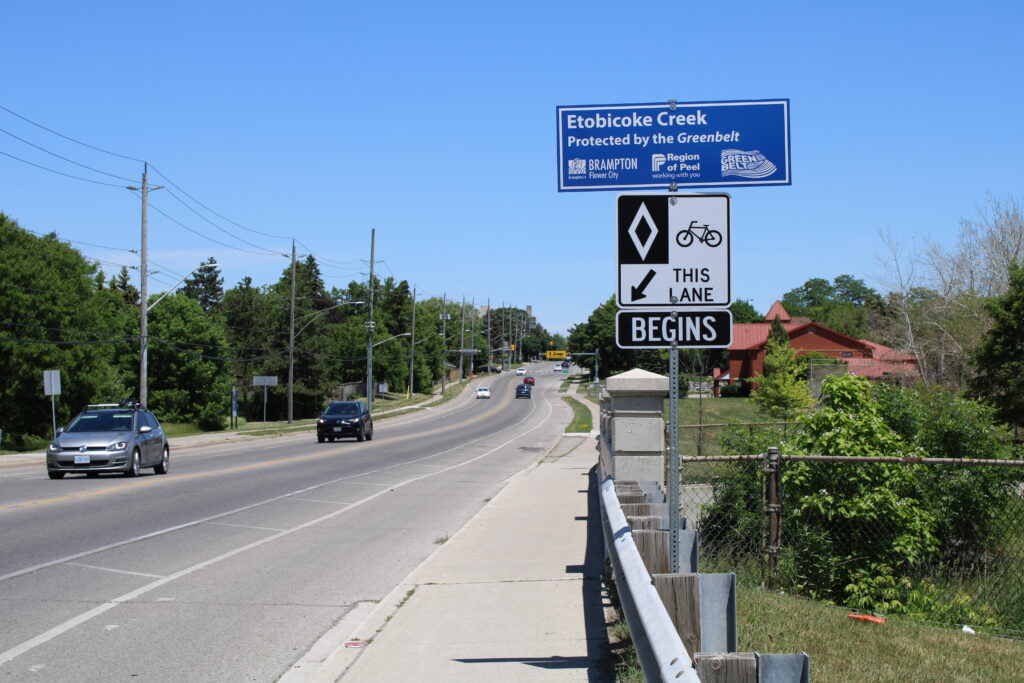
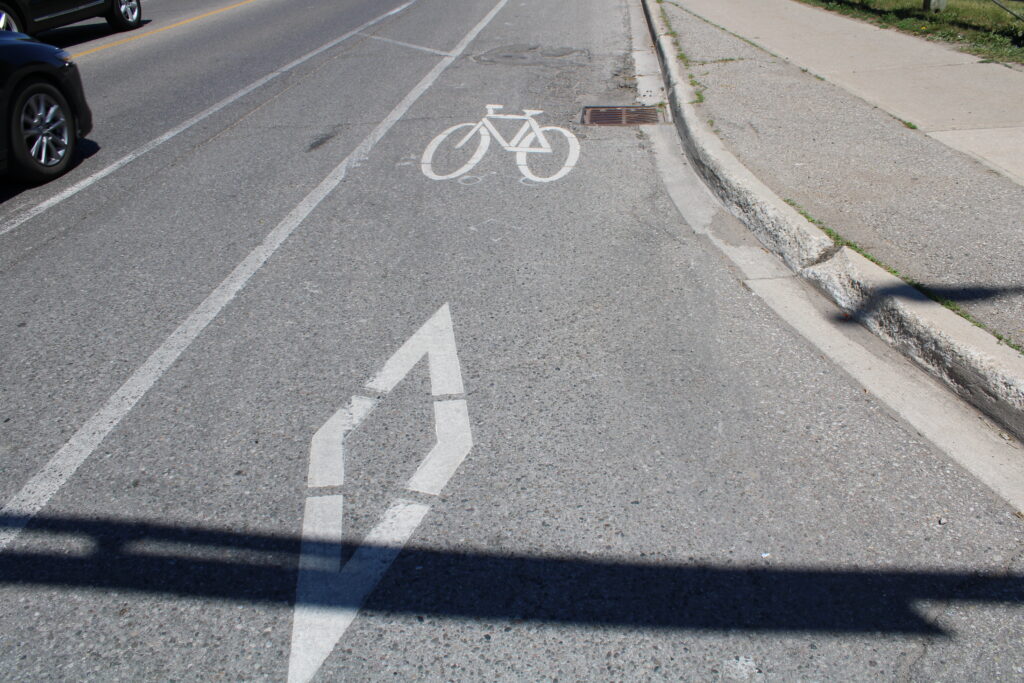
What Is “Right-Of-Way”?
The Ontario Highway Traffic Act makes reference to something called “right-of-way”. People might be used to hearing language like this in the context of their fundamental rights (and freedoms), which are not the same thing. The Ontario HTA doesn’t guarantee anyone right-of-way. That’s not how it works.
Right-of-way is an old concept, and the key part of this language isn’t “right”, it’s “way”. If you hear language like “make way” or “give way”, this language determines who is expected to take the action of yielding to make way to whomever has right-of-way. Another way to look at it is: Whose turn is it?
Right-of-way helps to establish common expectations so that people are able to move safely. It also expects courtesy, to anticipate people making mistakes, and to be prepared to yield when the way, or direction of travel, is no longer safe.

“But you need to do more than just obey the rules. You must care about the safety of others on the road. Everyone is responsible for avoiding collisions. Even if someone else does something wrong, you may be found responsible for a collision if you could have done something to avoid it.”
“And you must be courteous. Courteous driving means giving other drivers space to change lanes, not cutting them off. And, signaling your turns and lane changes properly.”
Ministry of Transportation of Ontario: https://www.ontario.ca/document/official-mto-drivers-handbook/safe-and-responsible-driving
“For example, if someone enters an intersection ahead of you, even if you should have been the first to go ahead, you are now expected to yield to that vehicle. If you don’t, you could be charged in any resulting crash.”
Driving.ca: https://driving.ca/column/how-it-works/how-it-works-right-of-way
Common Bike Lane Errors
Sometimes, people forget or are confused about the rules of what they are allowed to do with their cars in a reserved bicycle lane. The most common errors are:
Parking In A Bike Lane

It’s common for cities to allow car owners to park their vehicles on the road. However, this is a privilege that is not always available. Bike lanes are not spaces to park cars, they are spaces reserved for bicycle use.
Using A Bike Lane As A Turn Lane
In Ontario, standards for bike lanes have been evolving quickly. Sometimes this means that a person can expect to see slightly different markings around bike lanes, which can mean different things. Some bike lanes follow an older design that allows cars to encroach into the lane to allow for a right-turn.
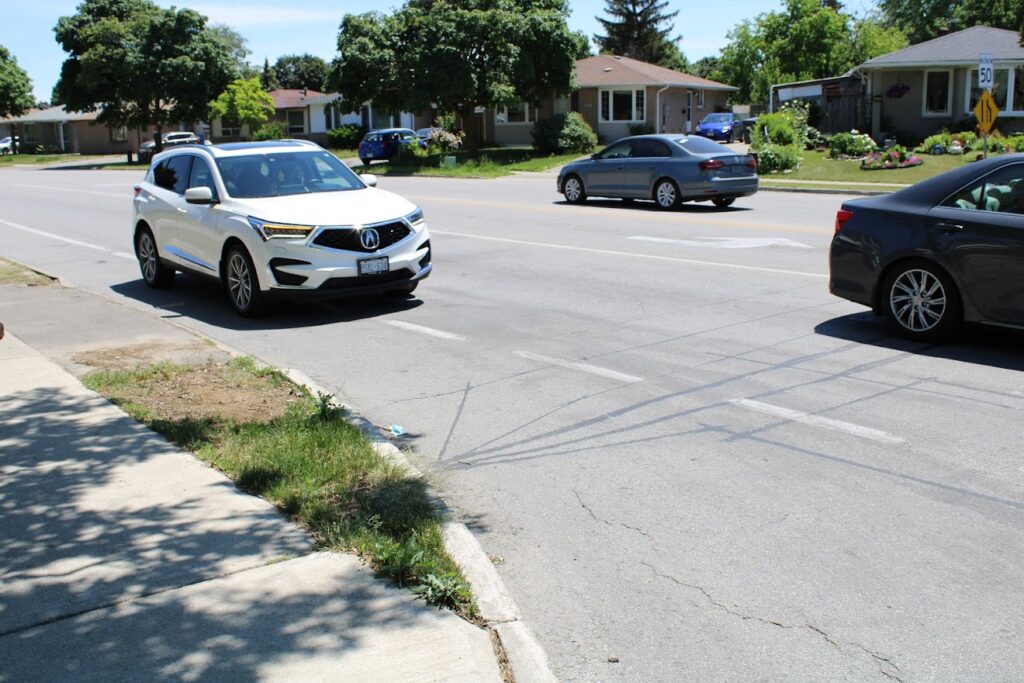
The more modern designs do not have this accommodation. Solid white lines and signs now direct drivers to yield to cyclists at intersections. It’s important for people operating cars and bicycles to know the difference, and what to expect at each intersection.
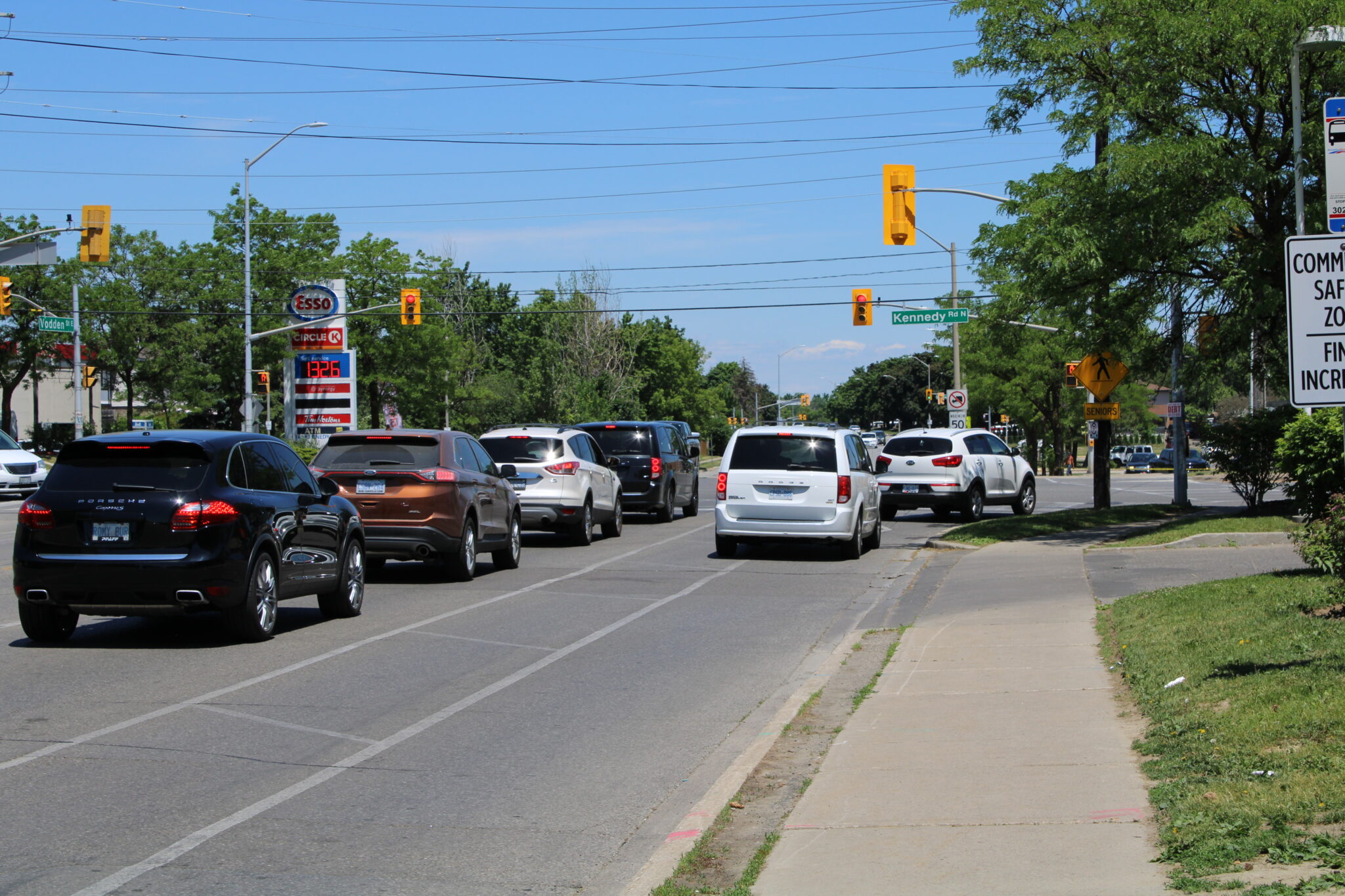
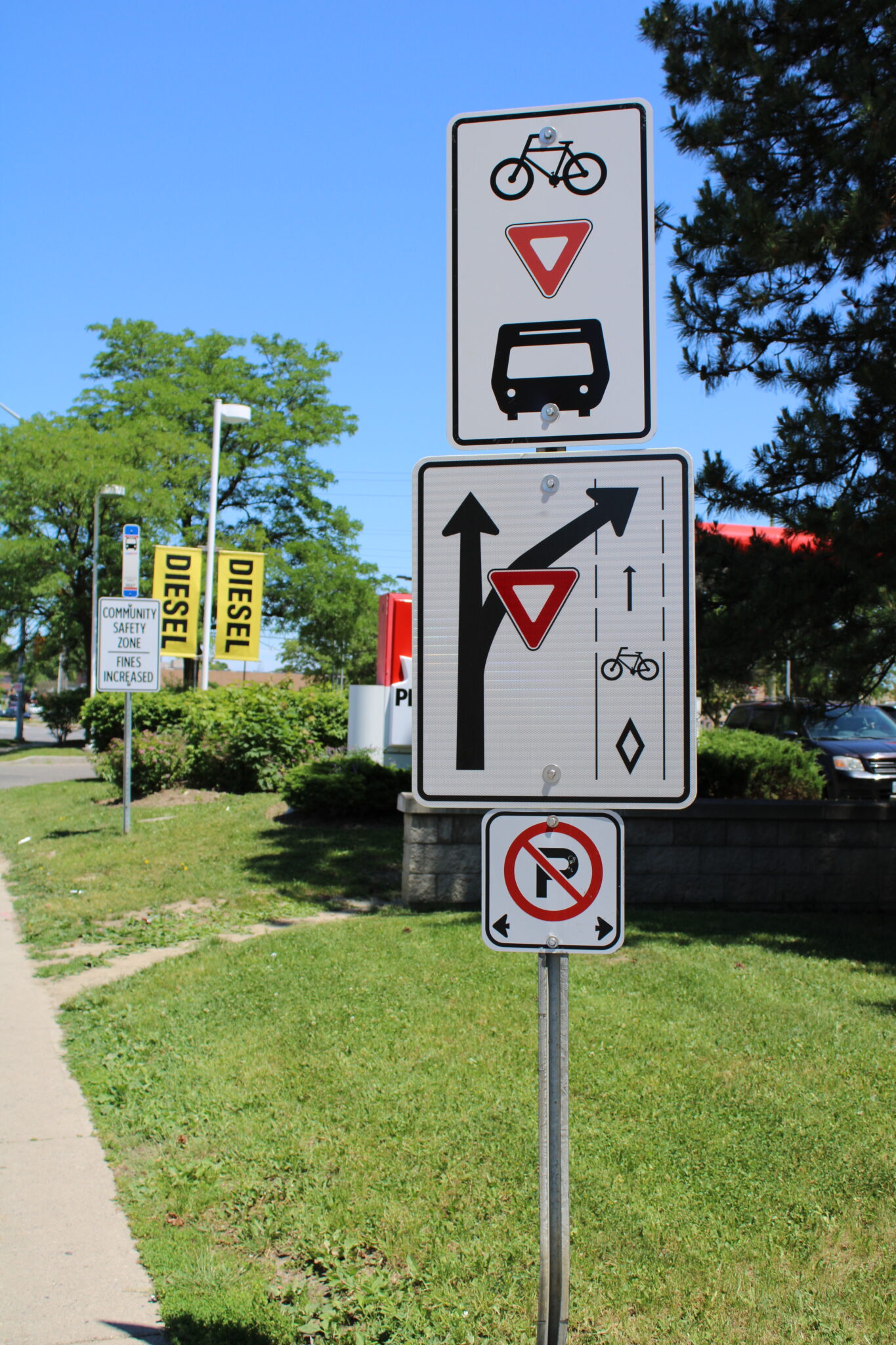
Bicycles as transport is becoming more popular in the GTA, including Brampton. Bike lane design in Canada is starting better align with the best practices of cycling nations like Denmark and the Netherlands. As designs iterate and improve, it’s important for everyone to update their knowledge of how to use road space safely.

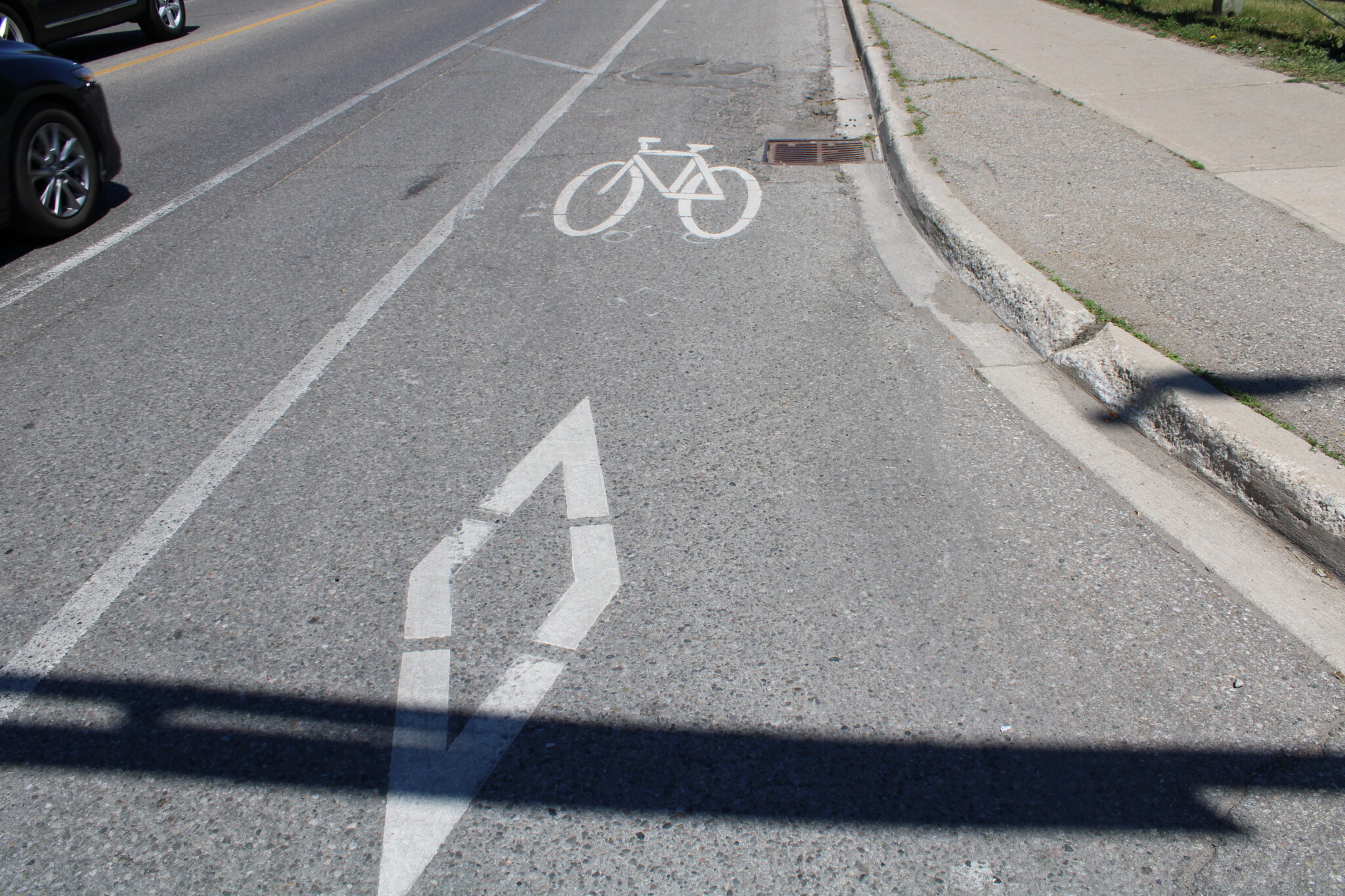
You must be logged in to post a comment.